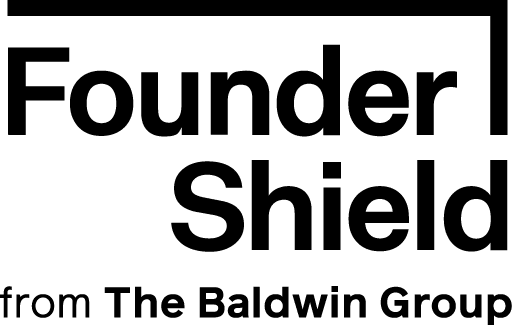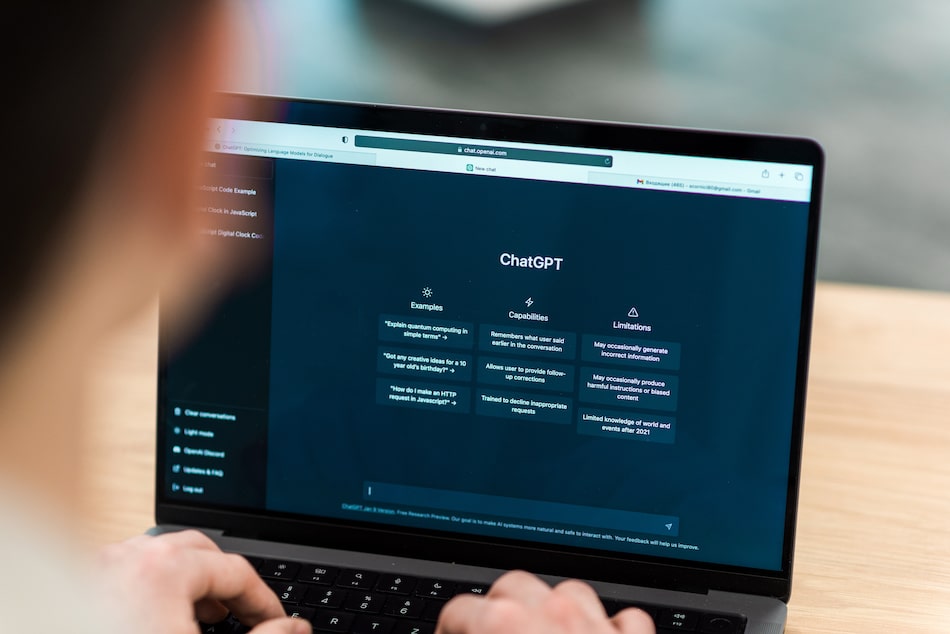Key Takeaways
As a form of corporate “self-insurance,” captive insurance is growing in popularity. Aside from tax advantages, captive insurance helps to cut a company’s insurance costs. However, it also comes with the overhead charge of running a discrete insurer. Here’s a look at this insurance type, how it works, and what captive insurance could do for your company.
What Is Captive Insurance?
Before we jump into what captive insurance is, we must first examine its source: a captive insurance company. This type of company is a wholly-owned subsidiary of a non-insurance company (aka the parent) with the sole task of writing insurance policies for the parent company.
Captive insurance companies don’t write or offer insurance policies to any other business except their parent company. Many companies opt for captive insurance to reduce their total risk cost or when they face a distinct and unique vulnerability that other insurers won’t cover, at least not affordably.
Captive insurance offers a versatile solution for managing risk, both domestically and internationally. While it’s gaining popularity among large companies, particularly in sharing economy and big tech, it’s important to understand when should a risk be avoided altogether rather than simply transferred through captive insurance. This approach can help businesses make informed decisions about their risk management strategy.
How Is Captive Insurance Beneficial?
As mentioned, large companies often turn to captive insurance to offset a rare risk or exposure that no other insurer will cover. For many businesses, this option is the most convenient since they can write any policy except for directors and officers (D&O) insurance.
Sometimes, companies use captive insurance to cover more significant risks, such as supply chain, cyber, and reputational. These particular vulnerabilities tend to exceed the coverage capacity of most traditional insurers.
Additionally, companies who self-insure through captive frequently free up funds they’d otherwise spend on traditional coverage. They can use this money for risk management planning, reinforcing the powerful benefits captive insurance offers.
Lastly, captive insurance provides multiple tax advantages for large companies — a primary reason for its popularity. For example, the parent company’s tax deductions for the premium are paid to the captive insurance company. Plus, captive insurance owners also enjoy favorable income tax rates, and they have access to the budget-friendly reinsurance market.
Who Uses Captive Insurance?
Understanding the bonuses of using captive insurance, it’s clear this product is undoubtedly designed with specific companies in mind. In fact, captive insurance tends to have “ideal candidates,” most of whom meet the following criteria:
- Company leadership needs or wants asset protection
- Sustainable operating profits of $500,000 or more
- Faces necessary risk (uninsured or insured)
- Multiple entities within the business; or those able to develop other operating subsidiaries
- Companies want to reduce their reliance on commercial insurance
- Owners want to improve cash flow
- Owners looking to enjoy substantial tax deductions
- Companies wish to navigate less strict government regulations
- Owners desire to customize their insurance plans
Naturally, companies falling in the “ideal candidate” category are more significant corporations. Shifting risk is no small feat, after all. Plus, the internal revenue service (IRS) has plenty of revenue rulings, dictating guidelines, and compliance factors.
What Risks Can Captive Insurance Cover?
Ask any large corporation owner using captive insurance, and they’ll tell you that opting for a customizable and affordable insurance program was an easy sell. More often than not, the risks these particular companies face are either uninsurable or not budget-friendly.
Think about insuring unusual risks relating to adverse weather or magnetic fields. In these extreme cases, captive insurance only makes sense — but it’s also a viable option to cover more “everyday” risks, such as auto or property.
By putting their capital at risk, companies can tailor an insurance plan to fit their unique needs. Some of the risks that captive insurance can cover include:
- Financial lines
- Marine
- Construction
- Surety
- Motor
- Trade credit
- Property
- Casualty
- Specialty lines
Keep in mind that captive insurance is highly customizable, which makes adding employee benefits a possibility. Some of the services include:
- Retiree medical
- Active medical
- Medical stop-loss
- Workers’ compensation
- Business travel accident
- Death and dismemberment
- Basic and supplemental life
- Non-qualified benefit
- Long term disability
Is Captive Insurance Right for You?
No doubt, captive insurance fits some companies better than others — but it’s an excellent option if the shoe fits. Generating investment income and reaping the many other rewards of captive insurance is not only attractive; it’s the smart move for many corporations.
Understanding the details of what coverage your company needs can be a confusing process. Founder Shield specializes in knowing the risks your industry faces to make sure you have adequate protection. Feel free to reach out to us, and we’ll walk you through the process of finding the right policy for you.
Want to know more about captive insurance? Talk to us! You can contact us at info@foundershield.com or create an account here to get started on a quote.











